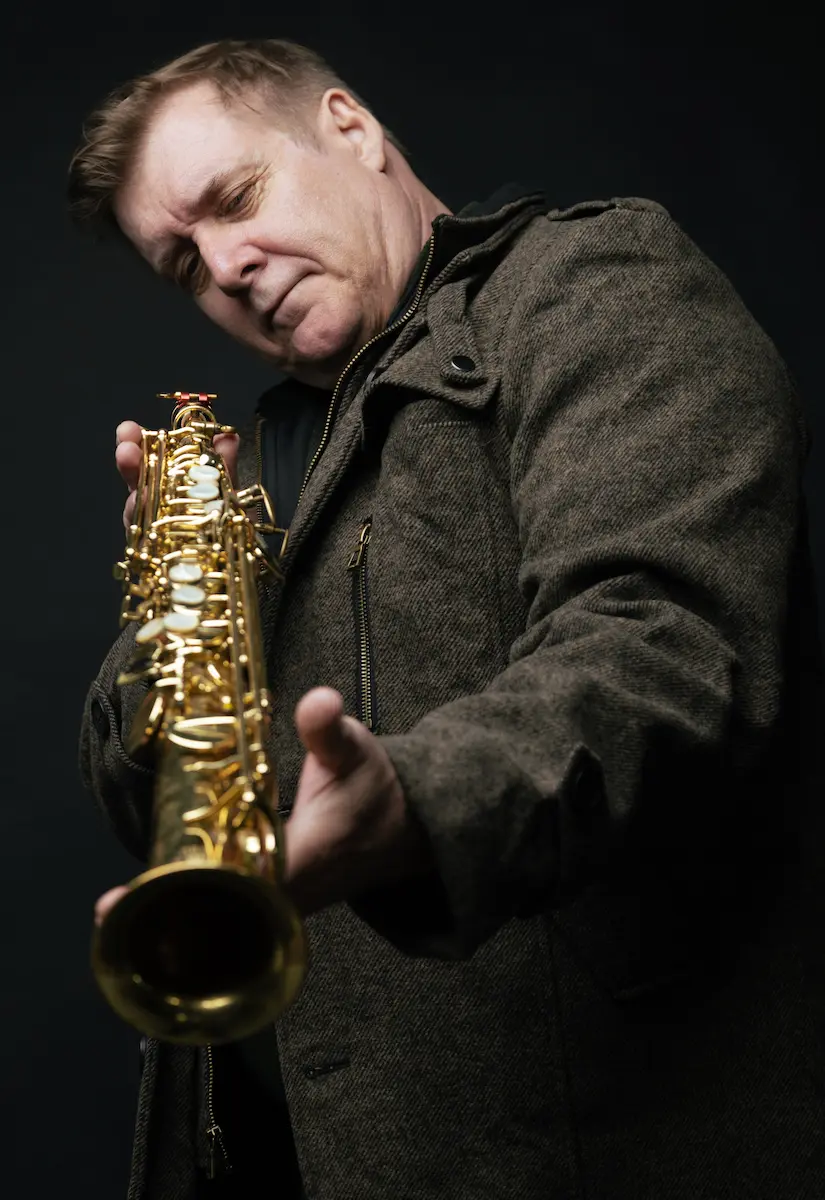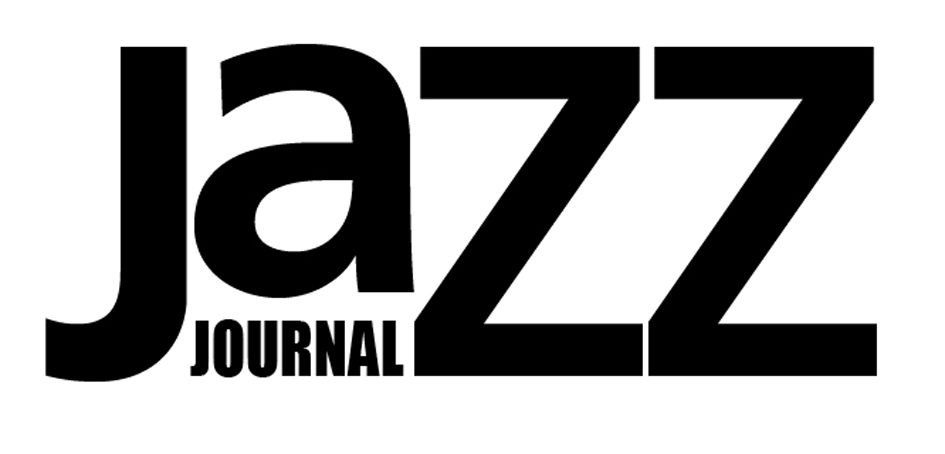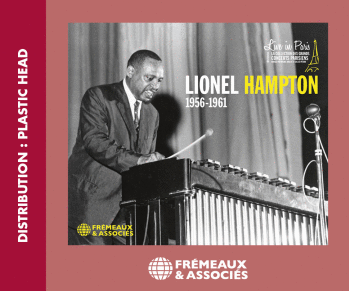
Rick Keller: Heroes (Vegas Records VR 1032)
Whether or not inspiration and influence are one and the same, American saxophonist and composer Rick Keller doesn’t let either degenerate to mimicry in his lavish 70-minute homage to the musicians who are important to him. They include the Brecker brothers, Pat Metheny, Herbie Hancock, Miles Davis – and Allan Holdsworth.
The inclusion of Englishman Holdsworth, alongside Bill Bruford, might relate to the early days of Keller’s career in Europe (Munich, 1980s). Since 2001, he’s been based in Los Angeles. On this album of original compositions, he salutes his idols in their fusion guise, playing saxes, flute, and manning the editing desk on an album notable also for its judicious employment of over 20 musicians.
Keller goes for the mood and atmosphere redolent of his icons with a facility drawn from wide experience – as well as playing jazz, he’s performed with, among others, Lady Gaga and Natalie Cole – and applies the skills of his fellow musicians as and when they can make a useful contribution, not just because they’re there to call upon.
The band is brassily funk, with Keller alone up front as the only reedsman. It’s a characteristic that lends itself directly to Us Against The World, a tribute to the Tower of Power horn band, whose vocalist Carmen Grillo co-composed it. For Pat, inspired by Metheny, captures the spirit of PM’s Midwest nostalgia, even down to the Lyle Mays-style enhancements fore and aft.
Keller doesn’t attempt to outblow Michael Brecker on Ahead Of The Curve, a nod as much towards the writing style of Don Grolnick as towards the Brecker/Mike Mainieri band Steps Ahead. The focus is more on Dave Siegel’s wildly ethereal synths and the haunting vibes of Nick Mancini, a way in which Keller pays respects without being overshadowed.
We have to wait a while before the acknowledgement to Holdsworth arrives, on Distant Passage, with a fiery shred by Miami guitarist Camilo Velandia, who also stars on For Pat. As with the Keller-Brecker connection, so with the Keller-Wayne Shorter one on Hope, where the saxophonist pays his respects with looping soprano figures amidst myriad orchestral sound effects and a cheeky quote from Stravinsky’s The Rite Of Spring at the end.
Anna Einarsson: Necessities (Anna Einarsson Music AEM007)
Unusually for an artist proclaiming music as sanctuary, Swedish singer Anna Einarsson is alert to the darker recesses of its hiding places. She says music, as well as offering relief from anxiety, “also holds the opposite: the things that chafe, the things that challenge”.
More than in most songs expressing complex sentiments, Einarsson’s lyrics could not have been easy to clothe in straightforward melodies. But she does it well, her elfin tones dealing with the tribulations of love much as a Blossom Dearie might have, given less bouncy, more introspective, material.
As well as the words, Einarsson has written the tunes and arranged everything for herself and a quartet of piano (Stefan Wingefors), tenor sax (Joakim Milder), bass (Christian Spering) and drums (Peter Danemo). The four make the results sound as though a free hand is being exercised based on guidance rather than on the following of strict, note-for-note direction. That gives the album a sense of fruitful collaboration as well as an extemporised edge.
Of the 11 tracks, the first six treat the convolutions of feeling with due hesitancy, almost as though all the musicians are mutually self-communing. The words of Reinvent The Words are reinvented almost as speech, the uncertainties by instrumental discordances; and Take It Slow does what it says, with an insistent piano motif taken forward by saxophone as tempo and volume pick up.
By Where Light Takes A Hold, optimism and clarity are establishing themselves, signalled by tasteful and temperate playing and the first bass solo, emerging as if from shadow. Magic, the seventh track, points the way farther forward, and Fate’s Sweet Dance is upbeat in fact and feeling. The leisurely ballad Tomorrow reflects a mind more or less composed, and the final track, Threshold, sounds like the start of something less anguished.
Charlie Hunter & Ella Feingold: Different Strokes For Different Folks (Side Hustle Records SH001)
If all social media had achieved was to bring guitarists Charlie Hunter and Ella Feingold together it would have been vindicated. Hunter, already a Blue Note musician, came across Grammy award-winner Feingold on her Instagram videos. She had first seen and heard Hunter playing alongside Leon Parker in the late 1990s.
Count Basie’s guitarist, Freddie Green, would no doubt have loved to make a solo recording, or a recording with him and one other. But, in the realm of jazz’s rhythm guitarists, he was part of a guitar-bass-drum trio which only ever exploded via the kit. The duo of Hunter and Feingold on this album emerges from a jazz / funk / soul tradition in which electric guitar and electric bass as a rhythm combo cut a deeper dance groove. It was uniform and self-sustaining throughout, and with drumming added, the be all and end all. In the Basie band, there were others waiting to cut loose.
The opening track, There’s Still A Riot Goin’ On, refers to the album by Sly & The Family Stone and is as good an example as any other of where Hunter and Feingold are coming from. The 15 original tracks of Different Strokes For Different Folks vary from eight minutes (the hypnotic Nasty Ain’t It?) to 45 seconds (This Is How We Rescue Each Other), Hunter exiting from the left stereo channel with bass lines and frequent percussion, and the lighter and melodious Feingold from the right. The pair take as their starting point the rhythm guitar tradition of Jimmy Nolen, Catfish Collins, Wah Wah Watson, Curtis Mayfield and others.
Few would be interested in Green’s make of instrument (Epiphone and later Stromberg), but Feingold’s alternatively tuned Mexican Fender Strat and Hunter’s celebrated Hybrid Big 6 tuned F/Bflat/Eflat/Bflat/Eflat/Aflat – that’s what it sounds like to me – give their spontaneous conversations an idiosyncratic depth of sound and consistency of flow.








